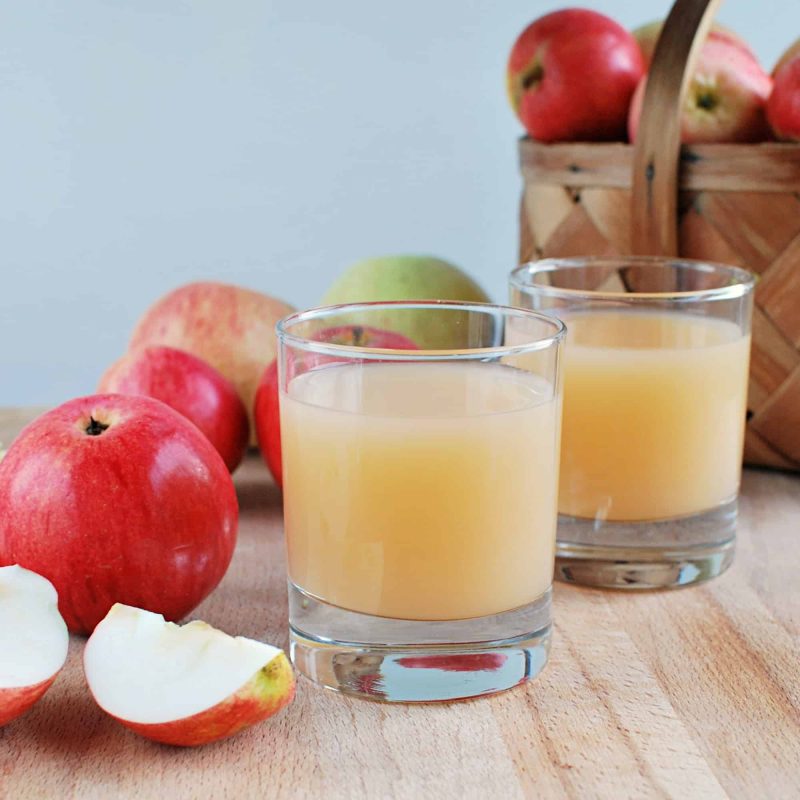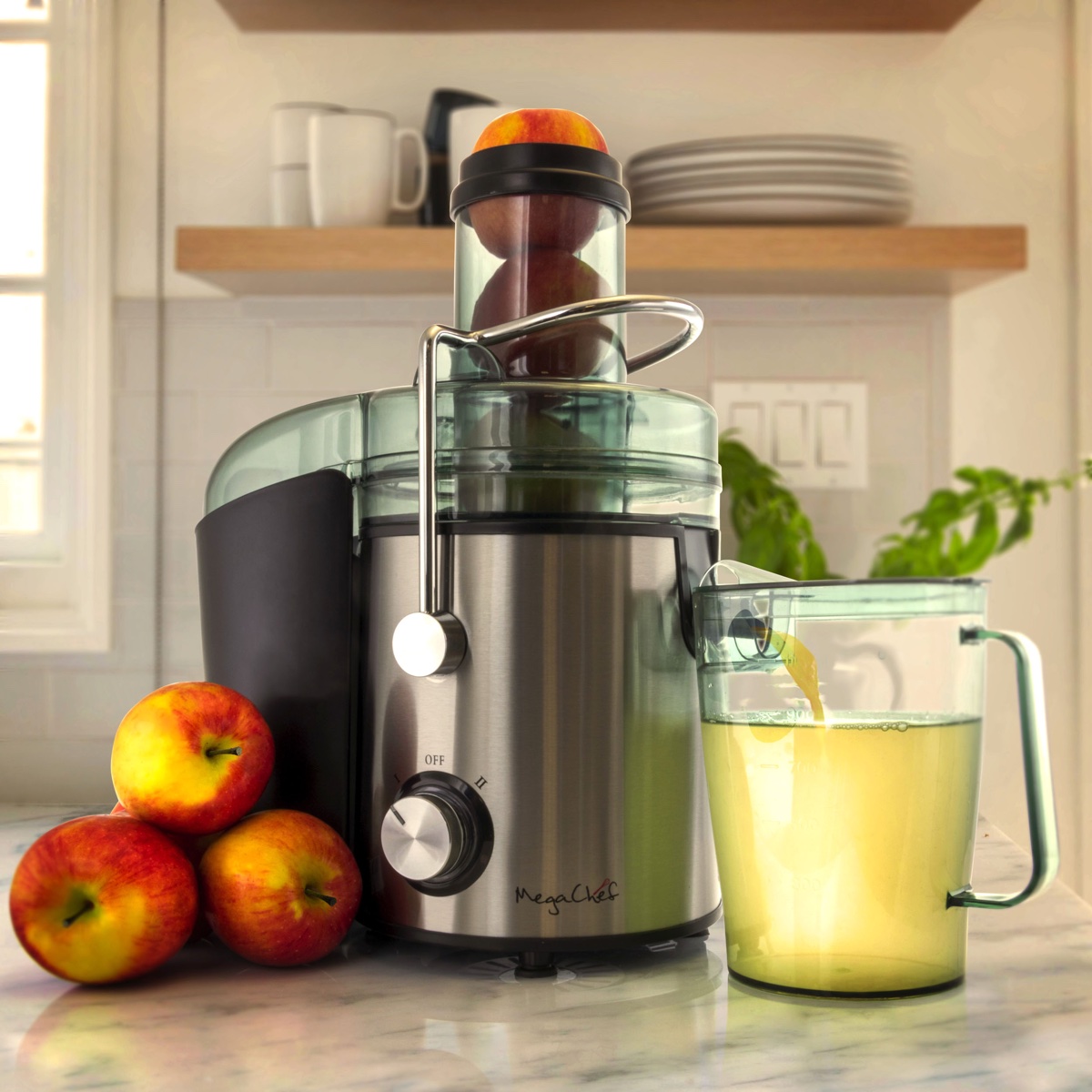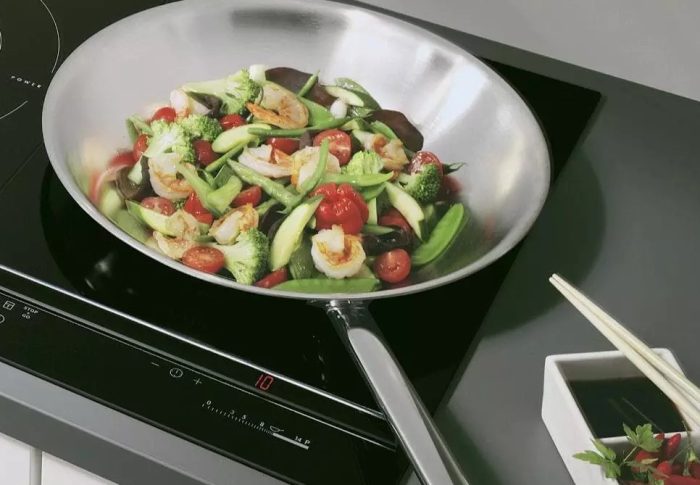
How to Juice an Apple Without a Juicer: Create Your Perfect Juice
Introduction:
Apple juice is a delicious and refreshing beverage enjoyed by many. It’s packed with essential vitamins and minerals, making it a healthy choice. While juicers can make the task of extracting juice easier, it’s entirely possible to juice an apple without one. Whether you’re trying to minimize your kitchen equipment or simply don’t own a juicer, you can easily make your own fresh apple juice at home. This article will guide you through several methods to juice an apple without a juicer, offering a variety of techniques to suit your needs.
Understanding the Basics of Juicing
What Happens When You Juice an Apple?
Before delving into the methods of juicing, it’s essential to understand the basics. Apples contain a high amount of water—approximately 84%—and are naturally sweet due to their sugar content. When you juice an apple, you’re primarily extracting this liquid along with a wealth of nutrients, including vitamin C and various antioxidants.
Why Juice Apples?
Juicing apples has several advantages. Apart from the taste, fresh apple juice is loaded with benefits such as:
- Nutrient-Rich: Fresh juice retains most of the vitamins and enzymes found in whole apples.
- Versatile: You can mix it with other fruits and vegetables for added flavor and nutrients.
- Hydration: It’s a great way to stay hydrated, especially in warmer months.
- Natural Sweetener: It can be used as a base for smoothies or desserts instead of sugar.
Choosing the Right Apples
The type of apple you choose can significantly affect the taste and quality of your juice. Here are some popular varieties suited for juicing:
- Honeycrisp: Known for its crisp texture and balanced sweetness.
- Granny Smith: Adds a tart flavor to your juice, great for mixing.
- Fuji: Sweet, juicy apples that yield a high liquid content.
- Gala: A sweet and aromatic apple that enhances the juice’s flavor.
Method 1: The Blender Method
How This Method Works
Using a blender is a straightforward and efficient way to juice apples without specialized equipment. The blender chops and blends the apple into a pulp, allowing you to separate the juice from the solids.
Step-by-Step Guide
- Gather Your Ingredients: You’ll need fresh apples, water (optional), and a container to collect the juice.
- Prepare the Apples: Wash the apples thoroughly to remove any pesticides and modify your processing time. If you want a smoother juice, peel the skin. Otherwise, the skin can contain added nutrients.
- Chop the Apples: Cut the apples into smaller chunks to make them easier to blend. Remove the core as it can impart a bitter flavor.
- Blend the Apples: Transfer the apple chunks into the blender and add a small amount of water if desired. The water helps in achieving a more liquid consistency. Blend on high speed until the apples turn into a smooth puree.
- Strain the Mixture: Use a fine mesh strainer, cheesecloth, or a clean kitchen towel. Pour the blended mixture into the strainer over your container. Carefully press down with a spoon or spatula, extracting as much juice as possible.
- Enjoy Your Juice: Once you’ve collected the juice, you can sip it as is or store it in the refrigerator for later use. Fresh apple juice can stay fresh for about three days if refrigerated.
Tips for the Blender Method
- For added flavor, consider blending in other fruits such as pears or even ginger.
- The more apples you use, the more juice you’ll yield, so feel free to experiment with quantities.
- If you find the juice too tart, you can mix in a bit of honey or sugar to taste.
Method 2: The Manual Grating Method
Why Use the Grating Method?
The manual grating method is not only effective but also engaging. It allows you to maintain control over the process and gives you a chance to enjoy the tactile experience of working with fresh produce.
Step-by-Step Guide
- Gather Your Tools: You’ll need fresh apples, a grater, a bowl, and a fine mesh strainer or cheesecloth.
- Prepare the Apples: Just like before, wash the apples thoroughly. You may peel them, but it’s not necessary.
- Grate the Apples: Using a box grater, grate the apples into a bowl. Make sure to use the side with the larger holes to maximize surface area.
- Strain the Pulp: Transfer the grated apple pulp into the fine mesh strainer or cheesecloth. If you’re using cheesecloth, gather the corners and twist them up to form a pouch.
- Squeeze the Juice: With clean hands, twist and squeeze the cheesecloth or use a spoon to press the pulp against the strainer. The juice should flow into the bowl below.
- Enjoy Your Juice: Pour the freshly squeezed juice into a glass and enjoy!
Tips for the Grating Method
- You may combine grated apples with other fruits for a mixed juice experience.
- This method is a bit labor-intensive but rewarding for those who enjoy hands-on preparation.
Method 3: The Hot Water Method
Understanding the Concept
If you don’t mind a slightly different twist on traditional apple juice, the hot water method involves softening the apples first to make them easier to extract juice.
Step-by-Step Guide
- Prepare Your Equipment: You’ll need fresh apples, a pot, water, and a strainer.
- Wash and Chop the Apples: As in previous methods, wash the apples and chop them into small pieces.
- Boil Water: In a large pot, heat water to boiling. Once boiling, add the apple pieces.
- Cook the Apples: Allow the apples to simmer for about 10-15 minutes until they become soft.
- Remove from Heat: Take the pot off the heat and let it cool slightly.
- Strain the Mixture: Pour the apple mixture through a strainer or cheesecloth, pressing down on the solids to extract as much juice as possible.
- Cool and Enjoy: Let the juice cool before serving.
Tips for the Hot Water Method
- The moisture from boiling makes extracting juice easier and can enhance flavor.
- This method can also help break down tougher apple varieties.
Method 4: The Food Processor Method
Using a Food Processor
If you already have a food processor, this method can save you time and effort compared to a traditional blender.
Step-by-Step Guide
- Prepare Your Ingredients: Gather fresh apples, water, and a strainer.
- Wash and Cut the Apples: Wash the apples thoroughly and cut them into quarters, discarding the core.
- Process the Apples: Place apple quarters into the food processor and process until they turn into a smooth puree. If the mixture is too thick, feel free to add a small amount of water to help it along.
- Extract the Juice: Pour the apple puree through a fine mesh strainer or cheesecloth, pressing down to extract the juice.
- Enjoy: Serve the juice immediately or store it in the refrigerator.
Tips for the Food Processor Method
- The food processor can handle larger quantities of apples, making it a practical choice for batch processing.
- Experiment with different apple varieties for unique flavor combinations.
 Method 5: The Spinning Method
Method 5: The Spinning Method
Using a Manual Kitchen Tool
For those adventurous home cooks who enjoy experimenting with kitchen gadgets, consider the spinning method using a salad spinner.
Step-by-Step Guide
- Gather Your Ingredients and Equipment: You’ll need fresh apples, a salad spinner, and a bowl.
- Wash and Cut the Apples: Wash the apples thoroughly and chop them into smaller pieces.
- Place in Spinner: Place the chopped apples in the basket of your salad spinner.
- Spin It: Secure the lid and spin the basket vigorously. The centrifuge force will help extract juice as the apple pieces collide.
- Collect the Juice: Remove the inner basket and pour out the juice from the bowl.
- Serve: You can chill the juice before serving or mix it with other ingredients for a refreshing drink.
Tips for the Spinning Method
- Be careful not to overload the salad spinner as it may result in uneven juice extraction.
- Consider adding complementary fruits for varied flavors.
Conclusion: Your Guide to How to Juice an Apple Without a Juicer
Juicing apples without a juicer is not only possible but also allows for a variety of methods that cater to your kitchen setup and personal preferences. From using blenders and food processors to hands-on methods like grating and spinning, there’s a way to enjoy fresh, homemade apple juice no matter what tools you have available. Experiment with different methods, apple varieties, and even additional ingredients to create your perfect juice. Enjoy the process, and remember how to juice an apple without a juicer the next time you’re in need of a refreshing drink!








